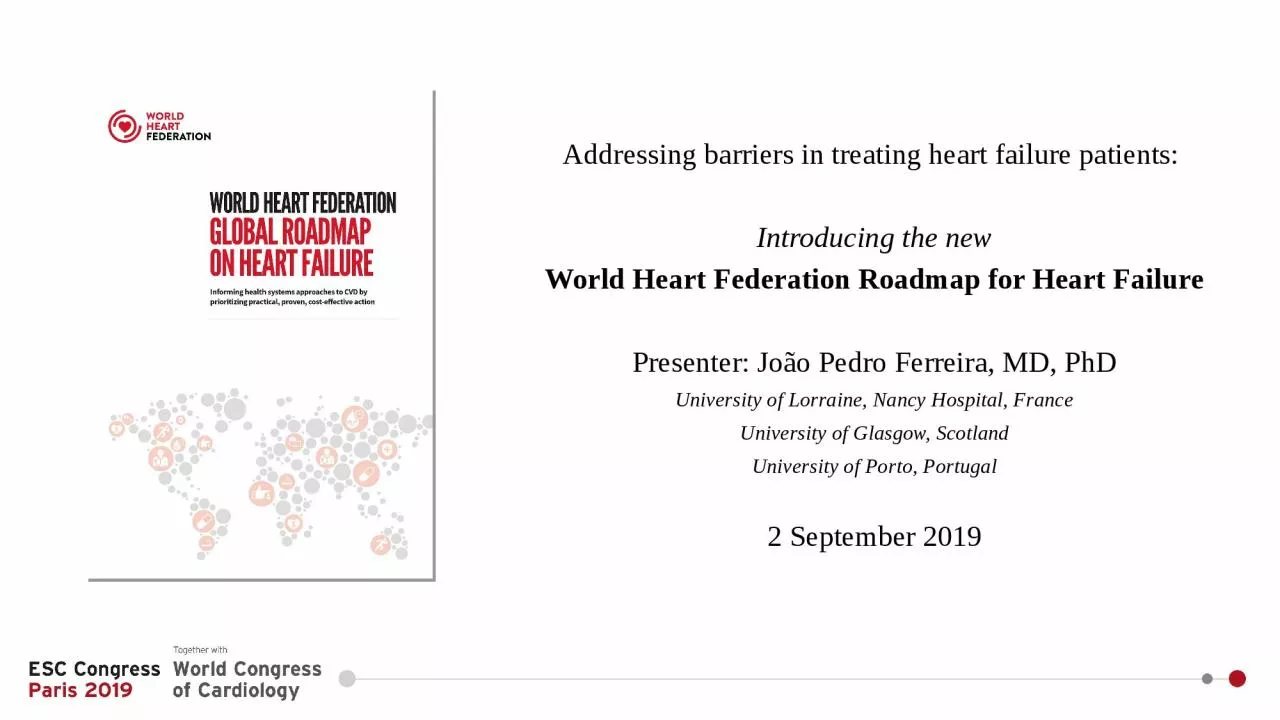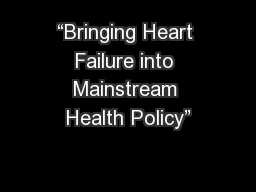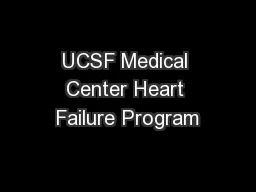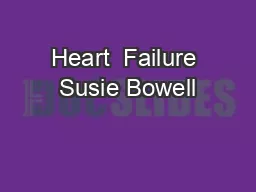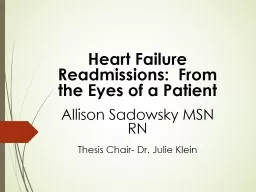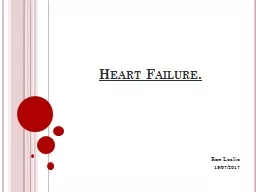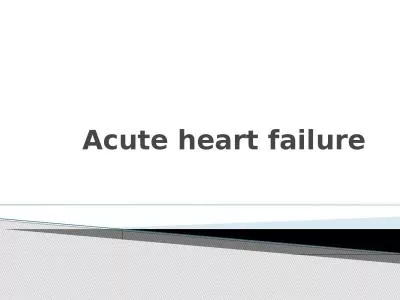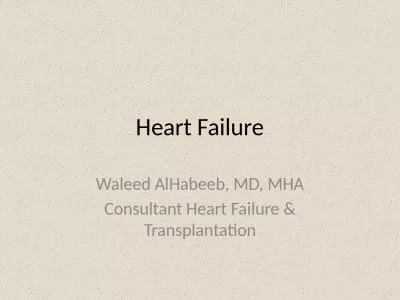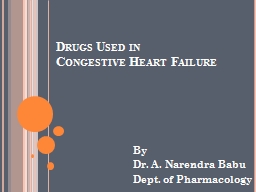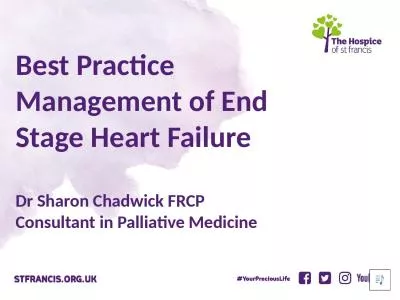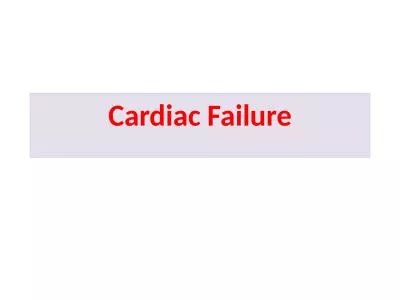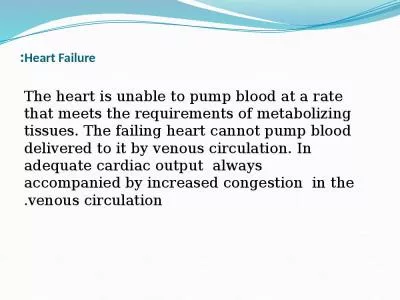PPT-Addressing barriers in treating heart failure patients:
Author : fanny | Published Date : 2024-03-13
Introducing the new World Heart Federation Roadmap for Heart Failure Presenter João Pedro Ferreira MD PhD University of Lorraine Nancy Hospital France University
Presentation Embed Code
Download Presentation
Download Presentation The PPT/PDF document "Addressing barriers in treating heart fa..." is the property of its rightful owner. Permission is granted to download and print the materials on this website for personal, non-commercial use only, and to display it on your personal computer provided you do not modify the materials and that you retain all copyright notices contained in the materials. By downloading content from our website, you accept the terms of this agreement.
Addressing barriers in treating heart failure patients:: Transcript
Download Rules Of Document
"Addressing barriers in treating heart failure patients:"The content belongs to its owner. You may download and print it for personal use, without modification, and keep all copyright notices. By downloading, you agree to these terms.
Related Documents

